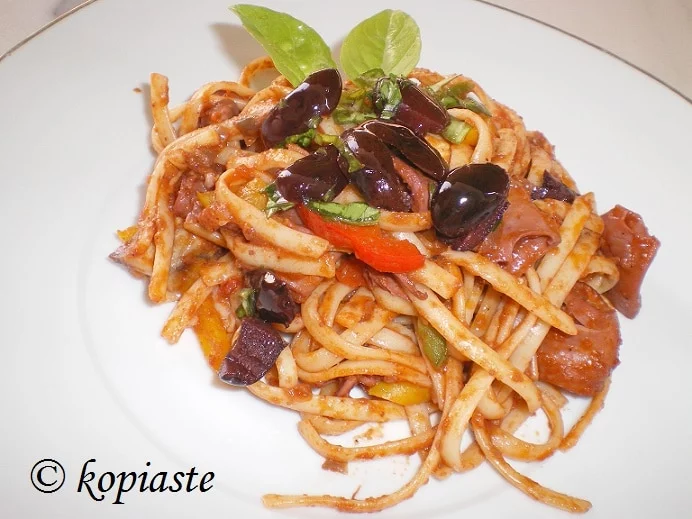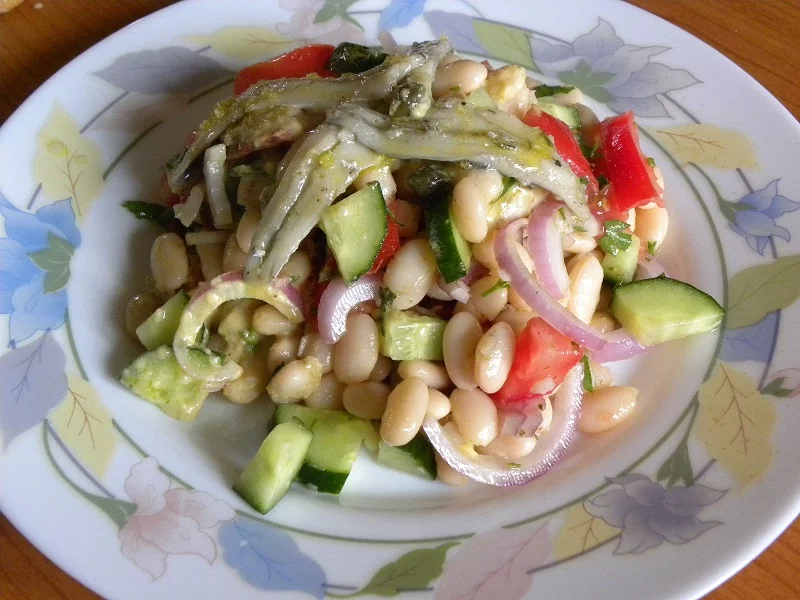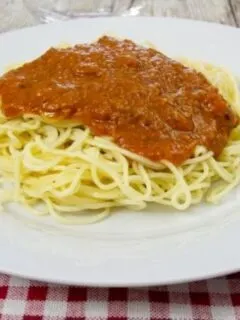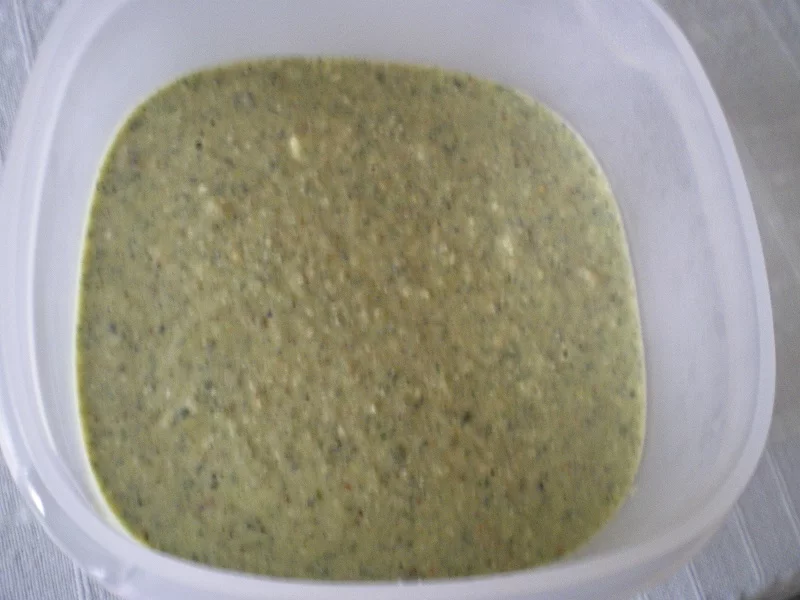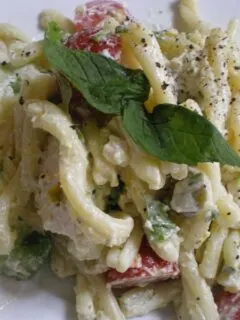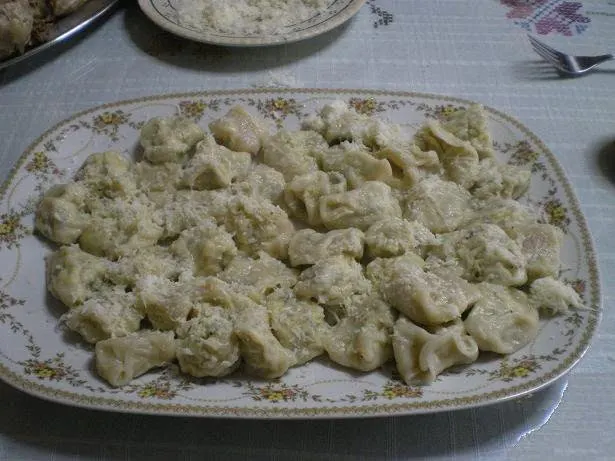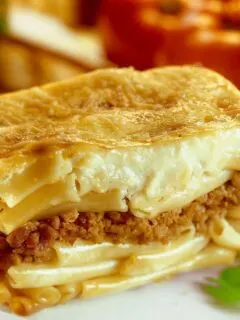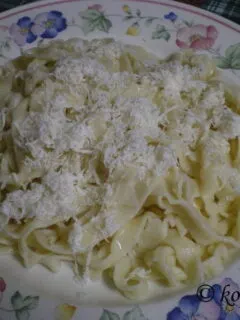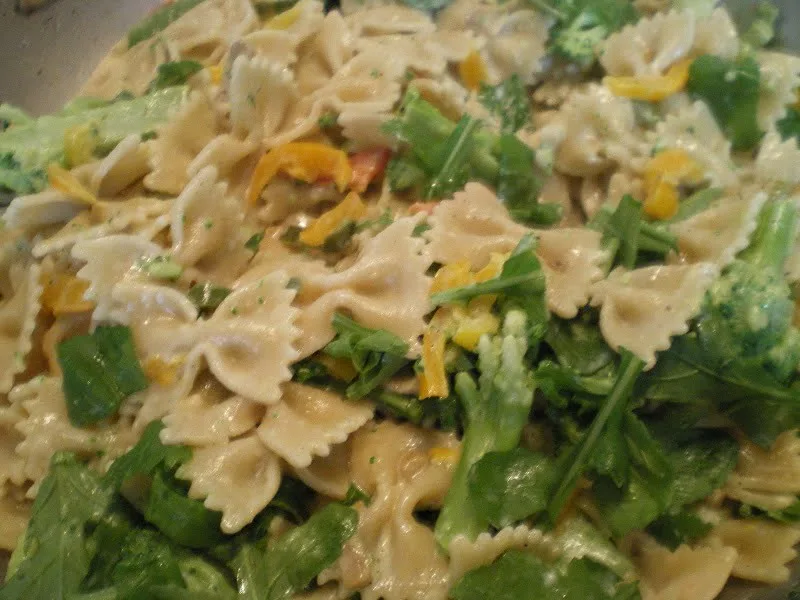This Linguine with Calamari dish is delicious and full of Greek flavours.
Pasta
I really loved the last pesto I made recently with fresh wild oregano, which we picked from the mountain. You can use it not only in pasta dishes but also on grilled food or as a topping in many other dishes.
Makaronia me Kima (pr. Mah-kha-RHO-niah MEH Kee-MAH), which literally means “Pasta with Ground Meat”, is a pasta dish with Spaghetti and Greek Meat Sauce, similar to Bolognese but with Greek flavours.
Purslane (portulaca oleracea), grows everywhere so it is considered by many as a weed. However, if you don’t have a garden you can also find it at the farmers’ market. It has so many health properties that we should all start eating this wonderful treat offered to us so generously by nature.
I have just completed 300 posts and in a couple of months it will be a whole year of blogging. Wow, it seems like ages since then. I have been making this easy pasta salad for ages using any kind of small pasta which is called “kofto” meaning “cut” in Greek. You can use …
Looking for a refreshing and vibrant dish to enjoy during the summer months? Look no further than this delightful Summer Pasta Salad with Chicken and Mint Pesto.
Kaloirka is a traditional Cypriot recipe, which is a pasta dish filled with minced veal or beef, similar to meat ravioli or tortellini.
Pastitsio is a layered Greek pasta casserole dish, made with tubular pasta, meat sauce and topped with bechamel sauce.
Makarounotes Chylopites (or hilopites) are traditional Greek egg and milk pasta. They are either cut long like tagliatelle and fettuccine or in very small pieces of about 1 cm long which are ideal as a side dish or in soups. Makarounotes are the long ones, which take their name after the word “makaroni”, which is a description of the long pasta to distinguish them from the smaller ones.
Farfalle with rocket (arugula) and anchovies is cheap and easy to make meal plus it includes five ingredients which are considered aphrodisiac!

